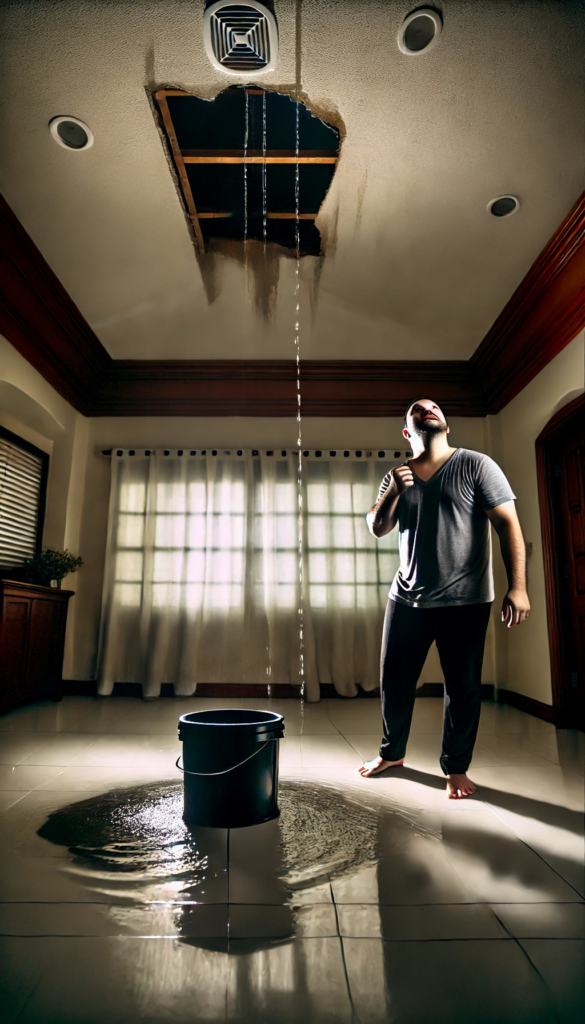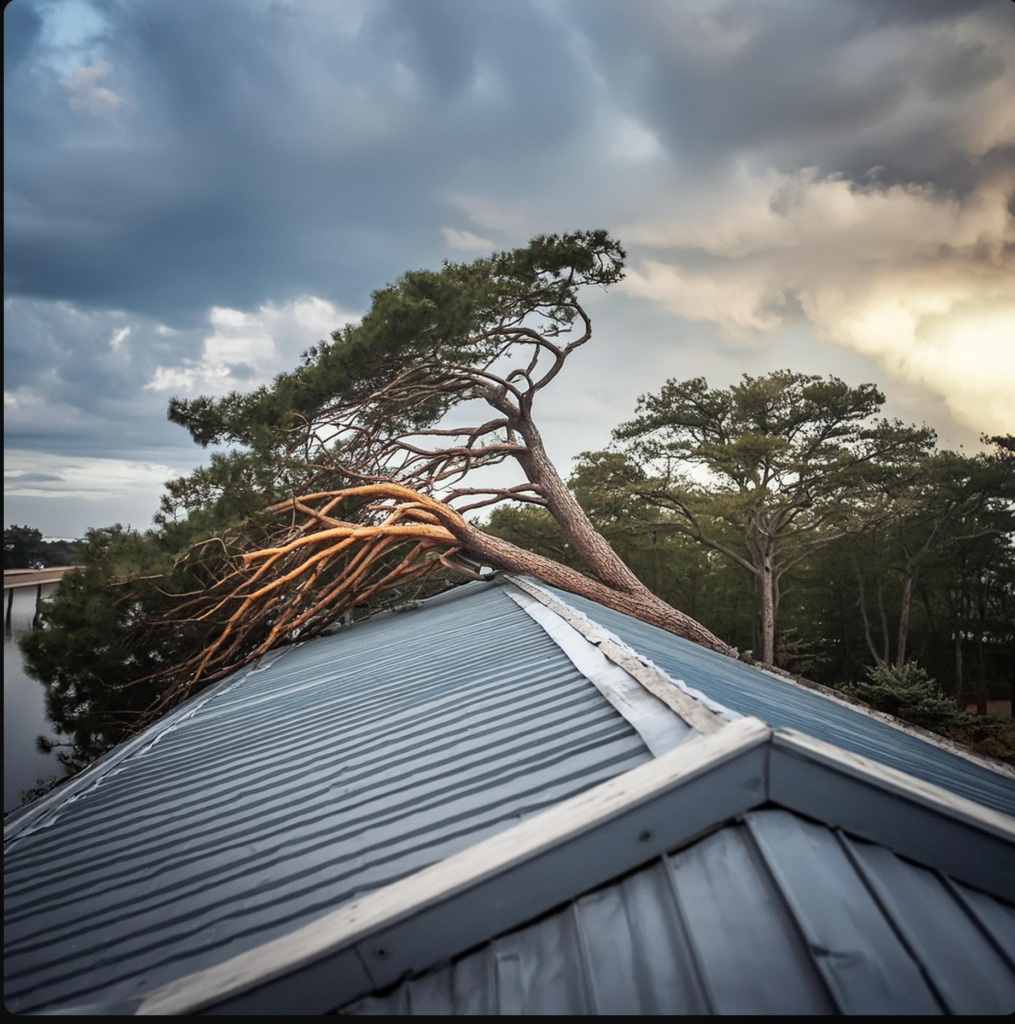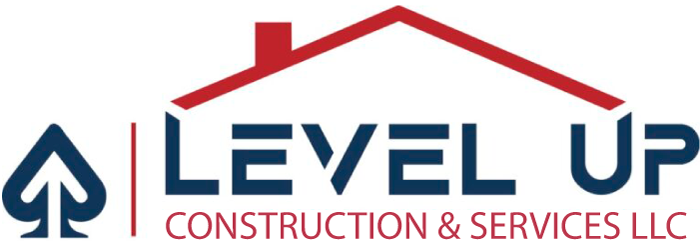
10 Warning Signals Your Roof May Need Replacement
Recognizing when your home might need a new roof is crucial for maintaining its safety and integrity. The condition of your roof plays a vital role in protecting your home. Early detection of issues such as missing shingles, granules in the gutter, or water infiltration can prevent more significant problems and costly repairs later on. Maintaining your roof extends its lifespan and ensures protection from harsh weather conditions. Some of the most common signs that your roof may need replacement include:

Visible Leaks or Water Damage Inside Your Home
Visible leaks or water damage inside your home are significant indicators of roof problems. Structural damage might be present, and prompt inspection by a roofing contractor is necessary. Checking your attic for water stains helps spot roof leaks early, preventing more extensive damage and costly repairs.
If you notice leaks or water damage in your attic, it’s a clear sign that your roof needs attention. Water stains on the ceiling and walls can also indicate roof issues, such as a roof leak. Addressing these problems promptly can prevent structural damage and mold growth.

Missing, Cracked, or Curling Shingles
Missing, cracked, or curling shingles are signs of roof trouble. These issues expose your roof to water damage and indicate aging or improper installation. Addressing these problems quickly prevents further damage and maintains the structural integrity of your home. Shingles tend to curl in one of two ways—either on their edges, called cupping, or in the middle, called clawing.
Check your roof for missing, cracked, or starting to curl shingles. These are clear signs that your roof has reached the end of its lifespan. If left unaddressed, these issues can lead to further property damage.

Significant Granule Loss from Asphalt Shingles
Granule loss from asphalt shingles weakens the roof and shortens its lifespan. Granules provide UV protection and fire resistance, making them crucial to the longevity of an asphalt roof. If you find loose granules in your gutters, it’s a significant sign that it’s time to replace your roof. If you’re cleaning out your home’s gutters and finding granules, it may be time for a new roof, especially if it is over ten years old.
When you start seeing a significant amount of loose granules coming off your asphalt shingles, it’s a hint that your roof might need to be replaced soon.

Sagging Roof Deck
A sagging roof deck, also known as decking, indicates structural issues. Causes include water damage, improper installation, or aging. Prompt action is crucial to prevent further damage. Contact a roofing contractor to assess the sagging and recommend necessary repairs. A sagging roof is one of the telltale signs that you need a new installation.
When you notice your roof deck dipping, it’s a sure sign that something’s wrong with the structure. This drooping could be due to water infiltration, improper installation, or an aging roof.

Moss, Algae, or Fungi Growth
The growth of Moss, algae, or fungi on your roof indicates moisture retention, which can lead to decay and structural damage. Addressing this promptly prevents further issues. A roofing contractor can evaluate the growth and suggest appropriate measures to prevent algae growth.
Seeing moss, algae, or fungi growth on your roof might mean hidden problems. These organisms can hold onto moisture, which leads to decay and structural damage.

Sunlight Shining Through Roof Boards
Sunlight shining through roof boards signals gaps or holes, allowing water infiltration and weakening the roof’s protective function. Immediate attention from a roofing contractor is essential to assess and fix the issue.
When you spot sunlight peeking through the boards of your roof, it’s a sure sign that something’s not right up there.

High Energy Bills Indicating Poor Roof Ventilation
Rising energy bills may indicate poor roof ventilation, causing heating and cooling systems to work harder. Proper ventilation reduces energy costs. If your bills increase, inspect the attic’s ventilation and consult a roofing contractor if necessary.
When your energy bills go up, it might mean there’s a problem with how air moves through your roof.

Age of the Roof: Over 20 Years Old
Roofs over 20 years old are likely nearing the end of their lifespan. Signs like curling shingles, granule loss, or cracking indicate aging. A roofing contractor can assess the roof’s condition and recommend replacement if needed. While some roofs can potentially last 25 years, shingles eventually age, bend, break, tear, or simply fall apart.
When a roof hits the 20-year mark, it’s time to start worrying about its condition. Typical asphalt shingle systems have lifespans of 20 to 25 years.

Chimney Flashing Damage
Damaged chimney flashing can lead to water infiltration, causing structural harm. Rust or gaps in flashing require prompt inspection by a roofing contractor to determine if repairs or replacements are necessary.
When the flashing around your chimney starts to show signs of damage, like rust or gaps, it might mean you need a new roof.

Storm or Wind Damage
Severe weather, like storms or high winds, can cause significant roof damage. Loose or missing shingles and debris impact need quick attention. A roofing contractor can assess the damage and recommend repairs or replacement. From the ground, it may be possible to see what appear to be cracks sprawling across two or three shingles.
When your roof is exposed to a storm or wind, it’s really put to the test. Those strong winds might cause shingles to loosen or even rip off, making your roof an easy target for leaks and other significant problems.

Understanding Roof Damage and Its Consequences
Roof damage can have severe implications beyond initial appearances. Water leaks weaken your home’s structure and lower its value. Ignoring issues like moss or missing shingles shortens your roof’s lifespan.
Prompt repairs prevent more significant problems and ensure home safety. Understanding damage helps homeowners decide on repairs or replacements.
How Leaks Affect Your Home’s Structure
Leaks can ruin ceilings, walls, and insulation, causing mold and rot. Continuous water intrusion weakens structural elements like rafters and wall frames, compromising safety. Addressing leaks promptly maintains your home’s strength and longevity.
Water getting in through a leaking roof can cause big problems for your house.
The Impact of Neglected Roof Damage on Property Value
Neglected roof damage reduces property value. Visible issues like missing shingles or leaks deter potential buyers. Unaddressed problems lead to mold growth and further structural damage. Maintaining your roof preserves home value and prevents costly future repairs. When a roof is ignored and ends up damaged, it affects how much your home is worth.
When to Repair vs. Replace: Navigating Your Options
Deciding whether to repair or replace your roof involves evaluating the extent of damage. Minor issues like missing shingles might only need repairs, but extensive damage or aging roofs often require replacement.
Consulting a roofing contractor for a thorough inspection provides clarity on the best course of action.
Assessing the Extent of Damage for the Right Decision
Assessing roof damage accurately is crucial. Some issues are visible, while others require deeper investigation. A roofer’s inspection identifies hidden damage, guiding informed decisions on repair or replacement. Ignoring minor signs can lead to more significant problems and higher costs.
To determine if your roof needs fixing or a total do-over, it’s critical to look into how bad the damage is.
The Cost-Benefit Analysis of Repair Versus Replacement
Conducting a cost-benefit analysis helps decide between repair and replacement. Factors to consider include upfront costs, lifespan extension, aesthetics, warranty, and energy efficiency. Consulting a reputable roofing contractor aids in making an informed decision based on your roof’s condition and budget.
| Repair | Replacement | |
| Cost | Lower upfront cost | Higher initial investment |
| Lifespan | Extends roof life for a few years | Long-term solution |
| Aesthetics | May not fully restore the appearance | Complete visual renewal |
| Warranty | Limited or no warranty available | Comprehensive warranty |
| Energy Efficiency | Limited improvement | Enhanced energy efficiency |
Conclusion
If you notice any warning signs discussed, it may be time for a new roof. Ignoring roof problems can lead to significant structural damage and decrease property value. Assess the extent of damage and consider the cost-benefit analysis for repair versus replacement. Act promptly to prevent further issues.
For professional guidance, contact experienced roofing experts to protect your home and ensure peace of mind.
Frequently Asked Questions
Here are some frequently asked questions about how to know when you’re due for a new roof.
How do I know I need a new roof?
Your roof may need replacement if you notice shingles curling or missing, daylight showing through the roof boards, or water stains on your ceiling. Other signs include sagging roof deck, granules in gutters, and a roof that’s over 20 years old.
What is the Average Lifespan of a Roof?
The lifespan of a roof varies based on the roofing material chosen. For instance, asphalt shingle roofs usually have a useful life ranging from 20 to 30 years, whereas metal roofs can go strong for about 40 to 70 years. The climate you live in, how well you keep up with maintenance, and the quality of installation play roles in determining how long your roof will last too. It’s crucial to keep an eye on your roof’s condition and consider replacing it when it nears the end of its useful life.
Can I Replace My Roof Myself, or Should I Hire Professionals?
While saving cash by doing your own roof replacement might sound appealing, it’s usually best to bring in the pros. Replacing a roof isn’t just about slapping on some shingles; it demands specific know-how, skills, and tools to get it right. When things aren’t installed correctly, you could end up with more problems and expensive fixes down the line. By choosing a trustworthy roofing contractor for the job, you get top-notch work and warranty protection for that work.
How Can I Prevent Future Roof Damage?
To keep your roof in tip-top shape and avoid future problems, it’s important to look after it well. Here are a few pointers:
- Always check your roof for damage or signs of wear.
- Make sure to clean out the gutters so water doesn’t pile up.
- Cut back any tree branches hanging over your roof to stop them from falling and causing harm.
- Pick the best roofing material that suits your weather and ensure it’s installed correctly.
By following these steps, you can help extend the lifespan of your roof and reduce the chances of issues later on.
Will My Homeowners Insurance Cover Roof Replacement?
If you’re wondering whether your homeowner’s insurance will help pay for a new roof, it comes down to what’s in your policy and how the damage happened. Usually, if something like a storm, fire, or vandalism damaged your roof, then yes, most policies will cover that. On the other hand, if it’s old or hasn’t been kept up well, they might not help. It’s a good idea to closely examine what your policy says and talk with someone from your insurance company so you know exactly where you stand on getting help with roof replacement. Additional protection up to 30% above your dwelling coverage limit if costs to repair your home exceed your policy limit.
How Long Does a Roof Replacement Take?
How long the job takes can vary when it comes to swapping out your old roof for a new one. Many things play into this, like how big your roof is, how tricky the work might be, and what the weather’s doing. Generally speaking, getting a new roof could take a couple of days to several weeks. To get a good idea of how long it’ll take for your house specifically, you’re best off talking with someone who knows roofing inside and out—a roofing contractor. They can give you an accurate timeline based on what needs to be done with your particular project.
What Are the Signs That My Roof Was Improperly Installed?
When you spot things like shingles that buckle, ones that are loose or not there at all, flashing done wrong, and leaks on your roof, these are clear signs the installation wasn’t done right. Contacting a roofing contractor if you see any damage is essential. They can look at what needs fixing or replacing. Ensuring your roof is installed correctly from the start is critical for it to last long and work well. If more than 50% of the shingles have lost their bonding, the asphalt sealing strip at the edge of each shingle is drying out and will no longer adhere to the shingle below. This roof covering (shingles) would not survive a severe windstorm and should be replaced within the next two years. If less than 30% of shingles are bonded to each other, the roof covering can no longer be relied upon to survive a moderate windstorm and should be replaced before winter.


Leave a Reply